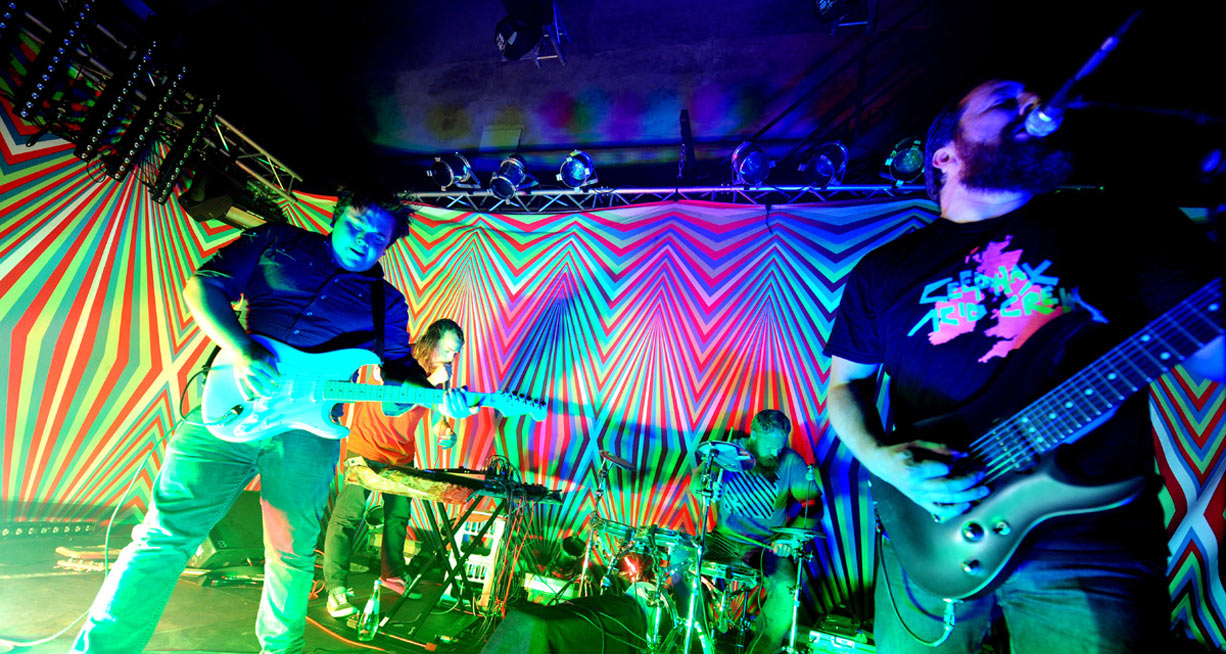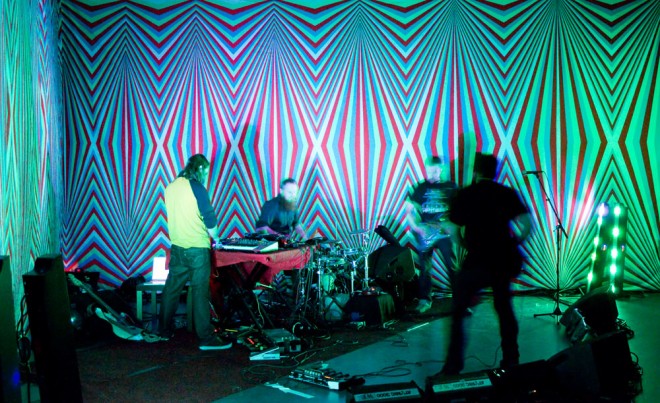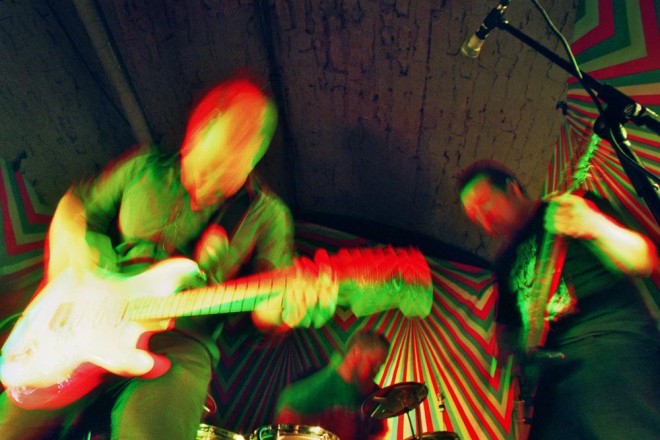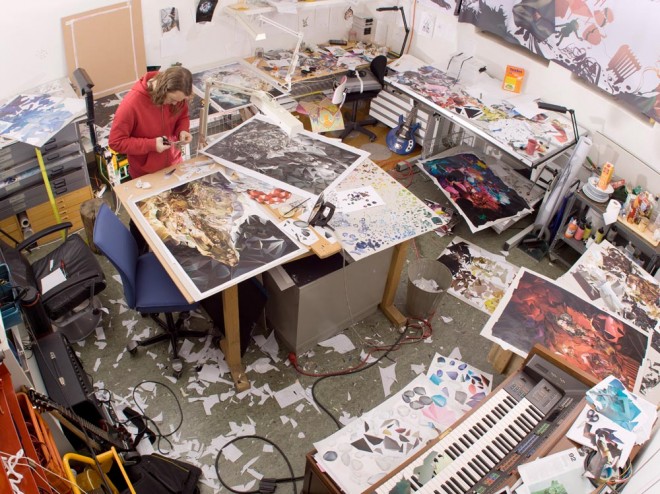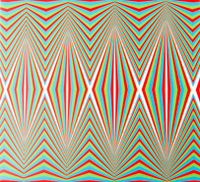 KILLL: s/t (Fysisk Format)
KILLL: s/t (Fysisk Format)
KILLL: “194”
[audio:https://alarm-magazine.com/wp-content/uploads/2011/09/KILLL_194.mp3|titles=KILLL: “194”]Are Mokkelbost had a problem with purple.
“In Norway, the cultural conception is that it’s a hippie color,” the 35-year-old visual artist and musician says. “A lot of middle-aged women are dressed in purple. So I think it was that association that ruined it for me.”
Instead of avoiding the color, Mokkelbost made a decision to challenge his preference. The result, “ION – Omni No. 6,” is a 90 x 60 cm paper collage that morphs from predominantly purple to blue to green as the viewer’s eye travels up the work.
In the end, the decision was simple. “I tend to design visual systems that include stuff I am ambivalent about,” Mokkelbost says.
Experimentation and fearless decision-making are themes that wind through all of the Oslo-born talent’s work. He constantly strives to improve his craft, whether he’s working on a new collage or playing in one of his many bands.
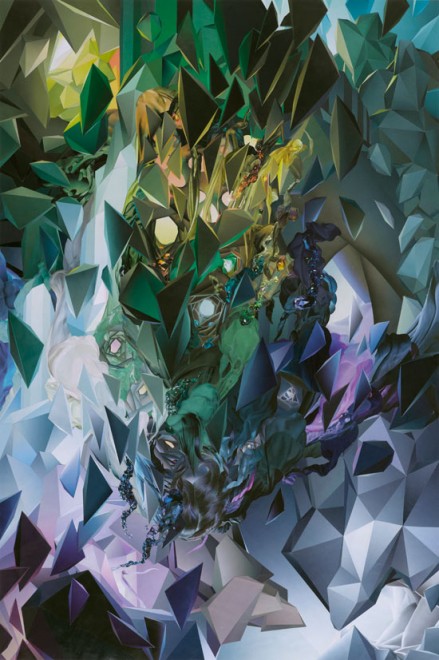
Color figures heavily into his other work as well, perhaps nowhere more than in KILLL, the live-only metal group for which he handles synth, bass, samplers, vocals, and live effects. The band — which includes Mokkelbost’s brother Erlend Mokkelbost, Martin Horntveth, Espen Hangård, and Kyrre Karlsen — started when a festival producer asked the group to organize and play based on a concept in the drummer’s head.
Musically, KILLL combines thrashing sounds with periods of silence to wild effect. The intensity shocks the audience nearly to submission before the interludes and total absence of noise pull it back from the brink. It is organic, experimental chaos.
And then there’s the light show.
KILLL’s concerts feature an enormous backdrop hung to form an open box around the band. Karlsen, the band’s de-facto lighting technician, sets off an intense series of colors that are in perfect time with the music, creating a pulsating illusion of movement.
“Basically, it’s an optical phenomenon,” Mokkelbost says. “When you change the color of the lights that are projected onto the backdrop, the perception of it changes. The eye is dividing things mainly between light and dark. With red light, for instance, the blue and the green become dark shades of red, and the red and white becomes bright red. With green light, it changes accordingly, and the rapidly changing sequences of colors create a feeling of movement as the eyes pay attention to the bright parts.”
Prior to the light show’s debut, the band spent hours testing various shades of red, green, and blue to see how they worked on the 80-square-meter backdrop that’s present at every show. The painstaking process produced a three-color display that pops when combined with LED lights. Naturally, the result can be disorienting, so much so that KILLL is legally obligated to warn audience members that the experience can induce seizures. (No one has fainted yet, although some concertgoers have experienced nausea.)
Even so, the light show and general aesthetic are integral to how KILLL has connected with diverse crowds. By trading the typical metal imagery for a more visceral experience, the band creates an environment that can be enjoyed across the age and genre spectrum (aside from the possible fainting issue).
“I’m not so interested in overstepping physical boundaries,” Mokkelbost says. “For instance, playing ridiculously loud is a way to overstep such a boundary. I really don’t enjoy loud shows at all. I want it to feel loud but not be loud. When we play, the way the musical elements are contrasted makes it feel louder than the decibel level actually is.”
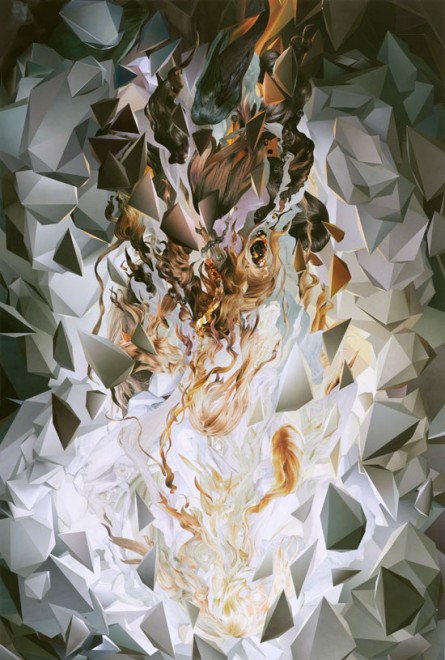
The light show functions in the same manner. Twenty-something head-bangers can get as close as possible, experiencing the full force of the carefully constructed red, green, and blue mayhem. The less-brave audience members stand further back, witnessing the spectacle while controlling their level of exposure. It’s a “choose your own adventure” book for the concert-going set.
But the band’s rapid-fire optical illusions aren’t its only unique aspect. Its method for song creation is quick and dirty — a necessity given that it is only a side project for all five members. Simply put, KILLL songs can’t take up much time to write, so the material is disorganized and discordant. Mokkelbost, in fact, credits that lack of control for the band’s success.
Yet KILLL is only one part of Mokkelbost’s prolific musical output. In 2011, he released a long-shelved ambient/doom album under the name Juv, a partnership between Mokkelbost and Marius von der Fehr that was left for dead in 1998. He’s part of an improvisational trio named ARM and a DJ duo called Dausteg; he has crafted short art-video soundtracks; he has experimented with wild melodies via the Tenori-on, an electronic instrument that uses a grid interface with LED switches.
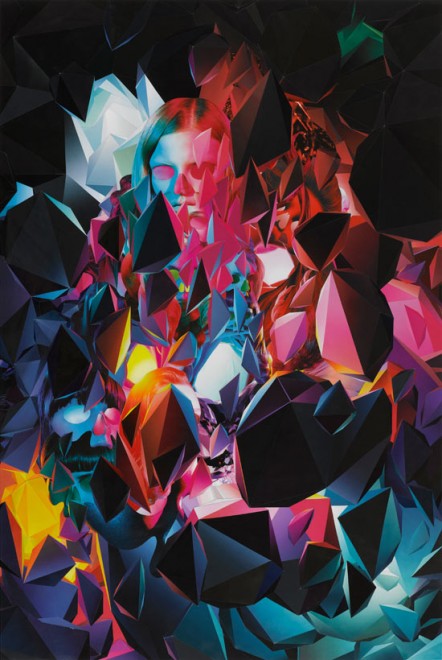
But Mokkelbost’s one-man band, Single Unit, is perhaps his most cherished project — and one that is assembled in an opposite fashion of KILLL. For this dissonant combination of noise-metal riffs and programmed electronics, melodies (or anti-melodies) are meticulously arranged, focused around a track that has been ripped apart from the inside and built back up with random notes, chords, and effects. The result may sound crazy, but an articulated framework supports the noise.
The difficulty with Single Unit is that the extreme effort takes time. Its first and only full-length album, Family of Forces, was released by Norway’s Jester Records in 2001. Between his assorted music and art projects, Mokkelbost continues to pound away, remaining hopeful that another album will manifest shortly.
He is, after all, as involved with art as he is with music. Another recent project that utilized both art forms was a permanent installation in an Oslo children’s school. There Mokkelbost displayed large light signs with programmed lighting and sound to explore a synthesis between shapes and colors of opposite nature.
Using only vector graphics and software synthesizers, the instillation illustrates a simple creation myth that is explained visually and sonically. The piece also serves as a graphic and sonic clock, allowing the children to read time in a simple but coded manner.
Believing that restrictions help encourage his creativity, Mokkelbost also brings a strict doctrine to his visual art. He creates rules to constrain his elaborate collages, which, from a distance, can bear an uncanny resemblance to oil paintings. One of his most striking visual creations, the ION collage series, began in 2000 and grew out of an intuitive cut-and-paste system that soon hardened into an exact science.
The Omni designation that is added to some of the ION works signifies that a piece has six elements that guide what image material to use, what elements to cut out, how to cut it out, how to sort it into categories, how to put it together, and what colors to use. In essence, an Omni image includes all the elements of the ION system.
The results are spectacular: an explosion of colors melded with disembodied heads and floating crystalline shapes. Omni No. 3 through Omni No. 11 look like fire exploding out of hell, but they boast an ethereal aura too — angels meet the devil inside a three-foot-by-two-foot collage.
Other works, such as one shown in Oslo’s Stenersen Museum in 2002, are more ominous. Skulls figure prominently on the red background. Carefully crafted images dominate the collage that stands more than six-and-a-half feel tall and 20 feet wide. To bring Mokkelbost’s work full circle, it’s a piece that wouldn’t be out of place on the cover of a metal album.
The success of this project, like his others, was only assured because of its creator’s dedication. This, seemingly, is the secret to Mokkelbost’s success. No matter the outlet — music, collage, life — he attacks the problem with honesty and sincerity.
And color. Always color. Yes — even purple.

